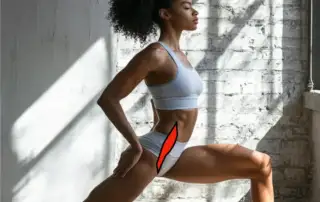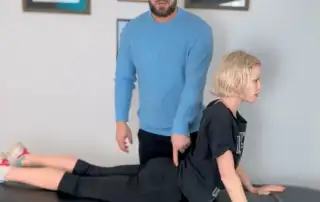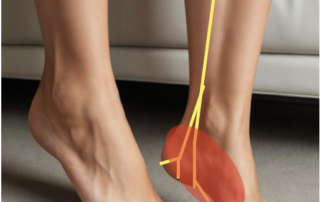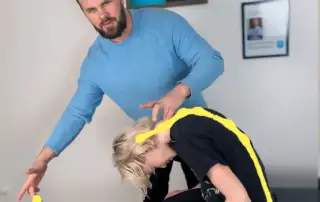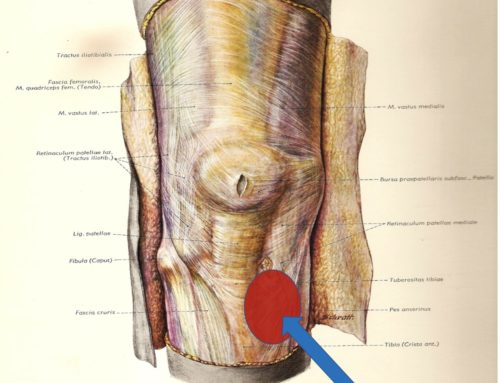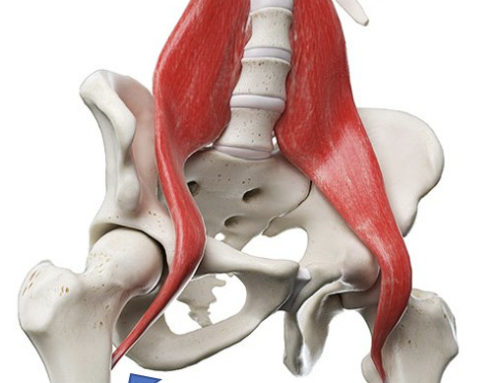Ischial bursitis- An Ishiogluteal Bursa that causes, Hip, Ischial Tuberosity, and Buttocks Pain.
The ischial bursa is a fluid-filled sack that sits between the ischial tuberosity and the hamstrings to reduce friction. The bursa also is a cushion or shock absorber during sitting, especially on hard chairs. When the ischial bursa becomes inflamed, ischiogluteal tuberosity, hip, and buttocks pain can occur, known as bursitis. Pain in the buttocks due to bursitis is also known as “weaver’s bottom”. Ischial bursa pain or bursitis is a cause of buttock or hip pain, and symptoms are easily managed with conservative treatment (without injection).
Causes
The ischial bursa like other bursae in the hip act to reduce friction between muscles or tendons and hard objects, in this case between the ischial tuberosity and the hamstrings. During repetitive stress or compression, the bursa can become inflamed or bursitis. During bursitis, this sac is enlarged with fluid and becomes quite painful to compression. In the case contraction of the hamstrings or sitting on a hard object would create pain in one buttock or hip.
Common causes include:
- Prolonged bike rides and sitting in a hard chair
- Running
- Direct trauma to the tuberosity- hard fall
Symptoms
Pain from this bursitis is usually felt as a dull ache on a single side of the buttocks or hip that can travel down the leg. This bursitis is often confused for sciatica or hamstring tendonitis.
- Typical symptoms include:
- Pain over the ischial tuberosity felt during sitting
- Pain during hamstring stretches
- Sprinting can cause intense pain
Treatment and Management
Treatment of this bursitis like most causes of bursitis needs to be focused on reducing pain by eliminating for a short time the sports or activities that created compression on the area.
Common treatments for this bursitis include:
- Special pillow to reduce pressure
- Nonsteroidal anti-inflammatory drugs (NSAID’s) to relieve pain
- Fascial treatment to reduce stiffness in hamstring, piriformis, and hip muscles
- Strengthening of hip and core muscles
- Gait analysis- to address running mechanics responsible for pain during sports
Injections of cortical steroids are the most common treatment in standardized medicine. Manual pumping of bursitis in combination with a core, hip, and gluteal exercise program can be significantly more effective, provide long-term sustainable results, and prevent the soft tissue degeneration associated with multiple corticoid steroid injections.
Plantar Fasciitis Treatment Los Angeles: Find Effective Foot Therapy
Heel Pain Treatment Options in Los Angeles: What to [...]
Stretching Exercises For Psoas Muscle: Best Stretch for The Iliopsoas Found Here
Psoas Stretches To Relieve Tightness in The Hip and [...]
Sacroiliac Popping: Is It Causing Your Back Pain?
Understanding Sacroiliac Joint Dysfunction and It's Treatment The [...]
Homemade Treatment For Back Pain: Find Natural Relief: 2024 Update
Home Remedies for Back Pain and Sciatica Relief [...]
Tibial Nerve Damage Symptoms: Discover the Symptoms of Tibial Nerve Dysfunction
Tibial Nerve Damage: Dysfunction, Symptoms and Treatment Signs [...]
Nerve Flossing For Sciatica Pain: Relieve Sciatica Pain with Nerve Flossing Exercises!
Learn about Nerve Flossing Exercises for Sciatica Pain Relief [...]
GET IN TOUCH WITH DR. DEAN
YOU should be able to move the way you’d like to move without experiencing pain. YOU should be able to experience freedom and energy knowing there’s nothing holding back from giving your life 110%. Dr. Dean would like to learn more about your challenges with a quick phone or email before beginning treatment. Contact him today.


